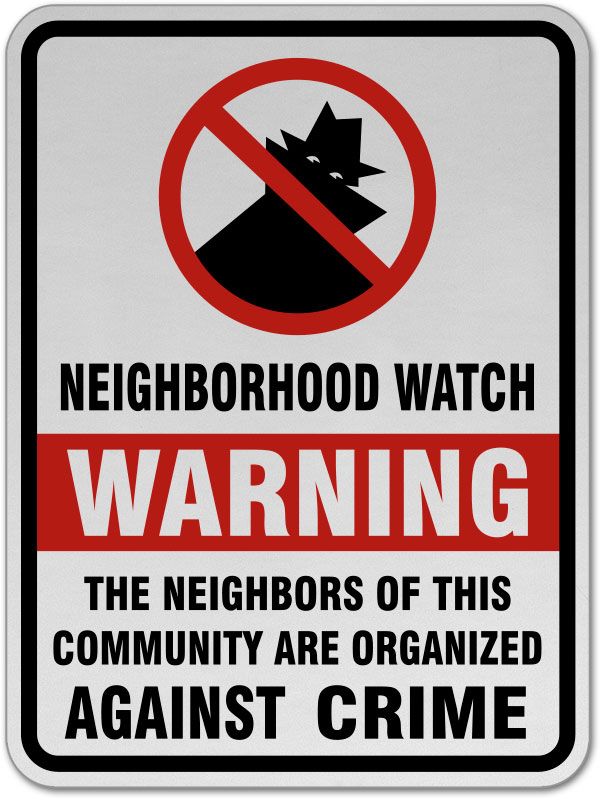Neighborhood Safety
Kevin Carter • March 30, 2024

Understanding the Importance of Neighborhood Crime Statistics
When it comes to choosing a home to live or invest in, one crucial factor that often influences decision-making is the safety and security of the neighborhood. This is where neighborhood crime statistics play a crucial role. By analyzing crime data specific to a particular area, Home Buyers may gain valuable insights into the reported safety levels of that neighborhood.
Crime statistics provide a comprehensive overview of the types and frequencies of crimes occurring within a certain vicinity. This information allows residents, real estate investors, businesses, and law enforcement agencies to make informed decisions based on data-driven insights rather than assumptions.
Understanding neighborhood crime statistics can help individuals assess the risks associated with living or operating in a particular area. By being aware of crime trends, patterns, and hotspots within a community, people can take proactive measures to enhance their safety and security.
Moreover, access to accurate crime statistics empowers communities to collaborate with local authorities in implementing targeted crime prevention strategies. By identifying areas with higher crime rates, stakeholders can work together to address underlying issues and create safer environments for everyone.
Where to Find Reliable Neighborhood Crime Statistics Online
When looking for reliable neighborhood crime statistics online, it is important to turn to reputable sources that provide accurate and up-to-date information. One of the most reliable sources for neighborhood crime statistics is the website of your local police department or law enforcement agency. These websites often have dedicated sections that offer detailed crime data specific to different neighborhoods within their jurisdiction.
Another reliable source for neighborhood crime statistics is the website of the Federal Bureau of Investigation (FBI). The FBI's Uniform Crime Reporting (UCR) Program collects and publishes crime data from law enforcement agencies across the country, including information on various types of crimes reported in different communities.
Additionally, websites such as NeighborhoodScout and CrimeReports aggregate crime data from multiple sources and provide users with interactive maps that show crime hotspots, trends, and statistics for specific neighborhoods. These platforms can be valuable tools for individuals looking to assess the safety and security of a particular area.
It is important to verify the credibility of any website or source providing neighborhood crime statistics by checking whether they use official data sources and adhere to established reporting standards. By utilizing these reliable resources, individuals can make informed decisions when it comes to understanding and addressing safety concerns in their neighborhoods.
- Criminal Justice Websites: Explore government websites such as the FBI's Uniform Crime Reporting (UCR) Program.
- Local Police Department Websites: Check your city or county police department's website for local crime data.
- Community Safety Apps: Use mobile apps like Nextdoor or Citizen to access real-time crime updates in your neighborhood.
By utilizing this resource guide, you can stay informed about the safety of your neighborhood and take proactive steps towards creating a safer community for everyone.
How to Interpret and Utilize Neighborhood Crime Data Effectively
By understanding how to interpret and utilize this data effectively, individuals and communities can make informed decisions to enhance their well-being.
One way to interpret neighborhood crime data is by analyzing trends over time. By looking at patterns in crime rates, types of crimes committed, and locations where they occur most frequently, one can identify areas that may require more attention or resources for crime prevention.
Utilizing neighborhood crime data involves taking proactive steps based on the information available. For example, community members can work together to implement neighborhood watch programs, improve lighting in high-crime areas, or collaborate with local law enforcement to address specific safety concerns.
It's important to remember that while neighborhood crime data is a useful tool for understanding the security landscape of an area, it should be used in conjunction with other factors such as community engagement, social services availability, and economic opportunities to create a comprehensive approach to promoting safety and well-being.
More Posts



